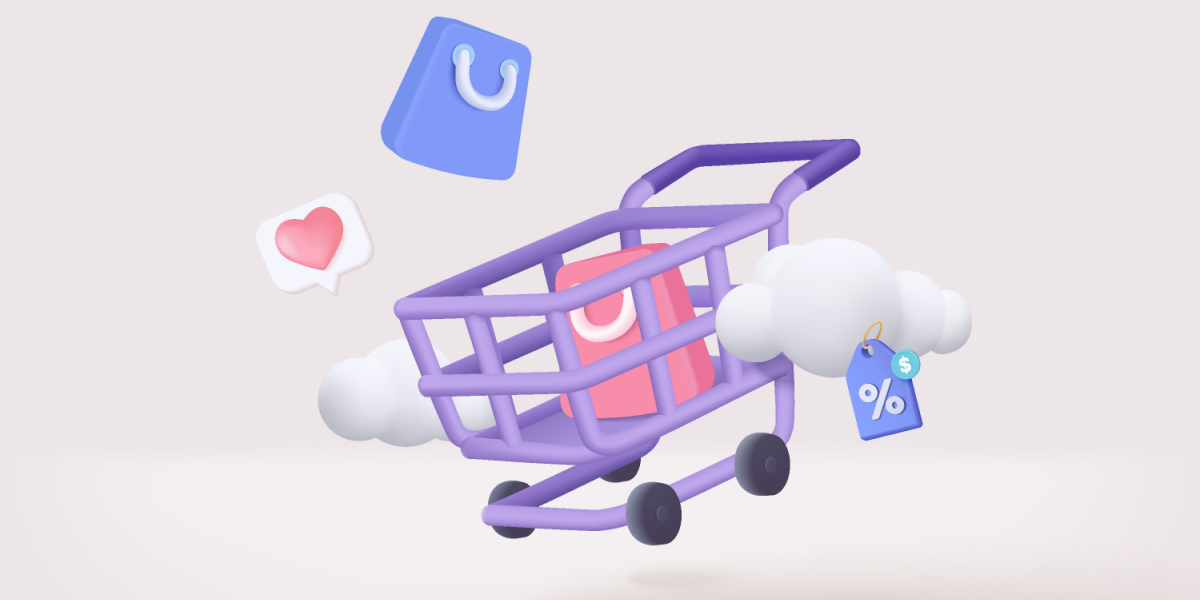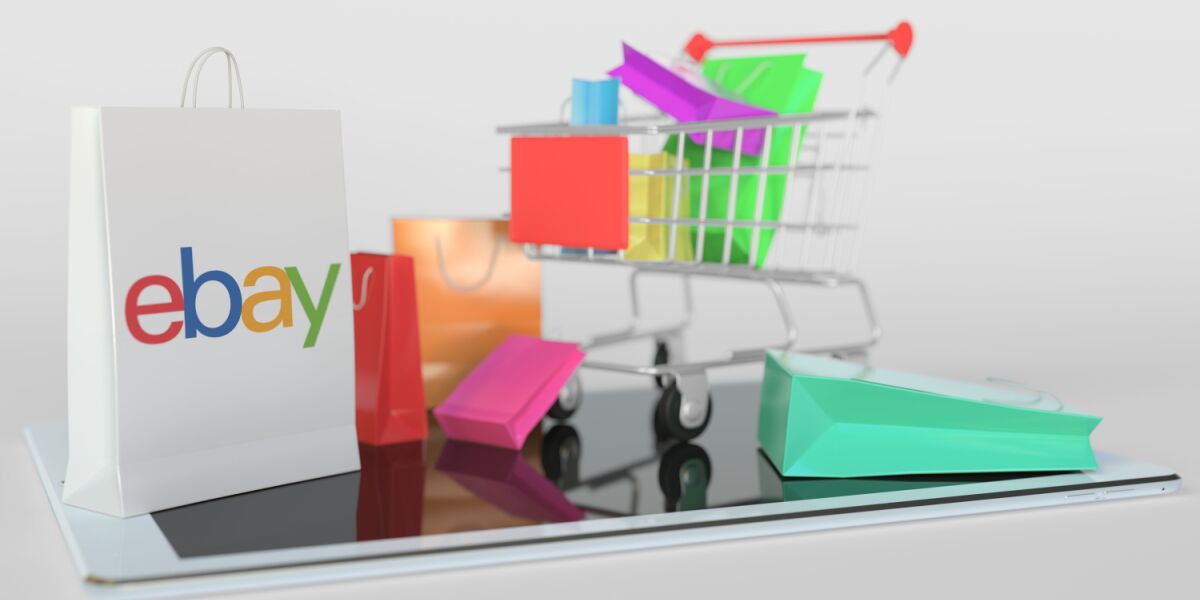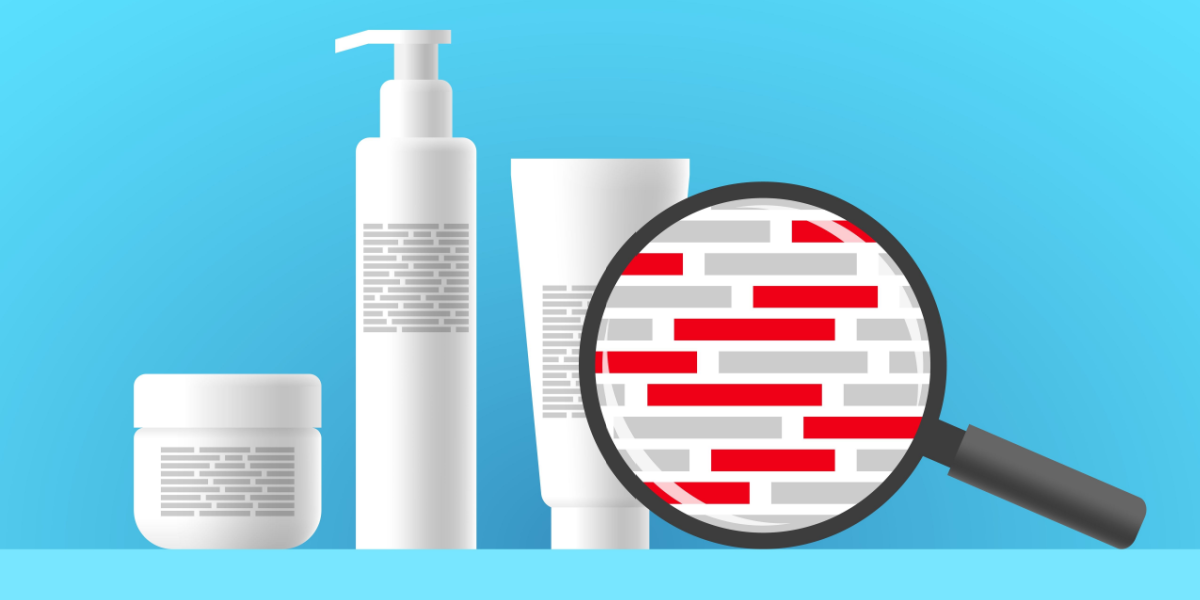Happy customers mean good business. But do you really know how satisfied or unsatisfied your customer base is? Learning how to measure customer satisfaction can give you insight into how your customer experience functions in practice. It can tell you what you’re doing well and what you need to change. And the answers will greatly affect your profitability. Improving customer satisfaction is one of the best ways you can increase your revenue. In this guide, we’ll walk you through what customer satisfaction is, how to measure it, and importantly, how to improve it.
What Is Customer Satisfaction?
Customer satisfaction is a measurement of how satisfied a customer is with a business’s products, services, and overall customer experience. Customer satisfaction can (and should) be measured at different points during the customer journey to identify where a business is succeeding and where there’s room for improvement.
For example, early in the sales cycle, you might find that customers report a high satisfaction level. When you look at the data, this makes sense because you have dedicated substantial resources to the sales process. However, your satisfaction score drops once customers have converted. What’s causing this? You might find that you haven’t allocated as many resources to customer service/customer experience. Your dip in customer satisfaction could also mean an issue with the product or service that needs to be corrected.
Why Measuring Customer Satisfaction Matters for Businesses
Measuring customer satisfaction allows you to gauge how happy or dissatisfied your customers are. Figuring out what makes your customers happy tells you what you’re doing well, and importantly, what you want to do more of. It’s equally important to understand what makes an unhappy customer unhappy, and therefore, unlikely to return.
The more you can reduce your customer churn (the percentage of customers who stop using your product or service during a specific period), the more profitable your business can be. In fact, increasing your customer retention by just 5% can increase profitability by 25-95%. Acquiring new customers is expensive. Customer acquisition can cost 5 times more than retaining a customer, largely because attracting new customers requires increased marketing spend because you have to teach the customers to trust your brand.
How to Measure Customer Satisfaction
The best way to acquire measurable data on customer satisfaction is through surveys. Surveys are short. You can send them to a wide swath of your customer base. They’re easy to incorporate at various points throughout the digital customer experience (which makes them all the more appealing if you have a largely digital business, like ecommerce).
We’ll outline the best ways to measure the average satisfaction level of your customer relationship, but we recommend that you also invest in the less measurable, but equally important methods of assessing the health of your customer relationship, like in-person conversations (more on this in the “how to improve customer satisfaction” section).
3 Ways to Measure Customer Satisfaction
There are 3 main types of customer satisfaction surveys. These are the most common, and whether you choose to use one single survey type or a hybrid approach, you’ll likely see these terms bandied about, so you might as well know what they mean. (Spoiler: there’s some overlap in the different survey types.)
- Net Promoter Score (NPS) Surveys: An NPS survey asks one simple question, “How likely are you to recommend [BRAND] to a friend?” Respondents are asked to pick a number from 1-10 with 1 being not likely at all and 10 being extremely likely. The NPS survey question isn’t related to any particular transaction or customer experience. Instead, this broad question provides you with more general information that can help you predict the future health of your business. If you want to measure your customer satisfaction level on a more transactional level, you can adjust the NPS question to be something more like, “How likely are you to recommend [BRAND] to a friend based on this experience?”
- Customer Satisfaction (CSAT) Surveys: A CSAT survey asks customers relational and transactional questions on a scale. That can either be a numeric scale (i.e. 1-5, 1-10) or a value scale (i.e. least satisfied-most satisfied, hard-easy, etc). You may hear businesses refer to their “CSAT score.” That refers to the percentage of customers who select answers in the top 40% of the scale (for example, answering 6-10 on a 10-point scale or 4-5 on a 5-point scale).
- Customer Effort Score (CES) Surveys: CES surveys measure the ease with which a customer was able to interact with a business, AKA how hard they had to work for good service. CES surveys are specifically targeted towards gaining actional feedback after customer support interactions. Your goal with this survey might be to assess whether your team meets the customer’s needs, solve problems, answer questions, or otherwise meet customer expectations, etc., and how painless that experience was (or was not) for the customer.
6 Tips for Successful Surveys
Okay, so what can you do to hit it out of the park with your customer satisfaction survey? Follow these tips and you’ll be sure to see an influx of responses– though we can’t guarantee the feedback will all be positive. That’s up to you. And if it’s negative, don’t sweat it. There are several ways to improve customer satisfaction (We’ll outline them later in this guide).
- Make the surveys easy to use: User experience goes a long way toward getting as many responses as possible. Set yourself up for success by ensuring that your surveys are as easy to use as they can be. Luckily, there are a lot of tools built specifically for surveying customer satisfaction. Even if you’re going bare bones, remember that a Google Form is more intuitive (not to mention more eye-catching) than an Excel spreadsheet.
- Use scales and multiple choice whenever possible: Many customer satisfaction survey questions can be phrased for answers to be given on a scale from 1-10. Use this methodology as much as possible for 2 reasons. First, people are more likely to finish the survey if they don’t have to worry about finding the right words to describe how they’re feeling or to answer your questions. Second, these scales give you quantifiable, rather than qualitative data. When you’re working with large-scale data, that makes it a heck of a lot easier to draw conclusions.
- Keep it short: The shorter the survey, the more likely a customer is to respond.
- Grab their attention before they leave: Surveys that pop up before a customer leaves a website or closes out a customer service chat can be a highly effective way to gather customer feedback. Your response rate will typically be higher because customers are still there. You still have their attention. You don’t have to worry about convincing them to reengage. Plus, if there’s been an issue, this can give you the opportunity for “in the moment” feedback.
- Mix up who you survey: To get the most robust, nuanced data, it’s best to survey a variety of customers. Loyal customers will give you information on what you’re doing right. You can use their positive responses to highlight what’s successful about your brand. New customers provide valuable information about what a “first purchasing experience” is like with your brand. Unhappy customers, or those who purchased once and didn’t return, can give you information about what you should change or adjust, and prospective customers who left before making a purchase can tell you how you fell short of meeting their needs. The more varied your survey pool, the more helpful your survey responses will be.
- Test: It’s highly unlikely that you’ll come up with a perfect customer survey on the first try, and if you did, you wouldn’t be able to know for sure without something to compare it to. Testing is a small business owner’s best friend, and these surveys are no exception. Try changing up the questions you ask, how many you ask, and when you ask them. See how it affects your response rate. Then, follow what works.
Customer Satisfaction Survey Questions
Asking the right questions can go a long way towards maximizing customer feedback from your customer satisfaction surveys. We’ll outline some of the most common questions by survey type. These questions have been templatized with a general “our brand.” If you choose to use any of the questions, we recommend you replace that with your company or brand name.
Demographic Survey Questions
Demographic questions give you a sense of “who” this customer is. Demographic questions should only be included on more relationship-based customer satisfaction surveys, rather than on transactional surveys. You wouldn’t want to inundate a customer with demographic questions on a CES or NPS survey.
- Where are you located?
- What’s your age?
- What’s your employment status?
- What’s your yearly household income?
- What’s your employment status?
NPS Survey Questions
Remember this is a one-question survey. Choose the one you want to ask depending on if you want relational feedback or transactional feedback.
- Relational: On a scale from 1-10, how likely are you to recommend [our brand] to a friend or family member?
- Transactional: On a scale from 1-10, how likely are you to recommend [our brand] to a friend or family member based on your most recent experience?
Customer Satisfaction (CSAT) Survey Questions
We’ve rounded up several questions that are typically included in CSAT surveys. You don’t have to ask them all (remember, keeping it short is ideal) in your CSAT survey.
- How satisfied are you with our company overall?
- How often do you use our products/services?
- How long have you been using our product or service?
- How did you discover our product or service?
- Have you ever used—or considered using—an alternative product/service?
- What was your purchasing experience like?
- Which features/benefits of our product/service have you found to be the most valuable?
- If there were something you could change about the product or service, what would it be?
- How well do you feel our marketing has reflected your actual experience of the product/service?
Customer Effort Score (CES) Survey Questions
- Were you able to accomplish your goal today?
- Did our customer service agent meet your expectations?
- On a scale of easy-to-difficult, how easy or difficult would you rate your experience? (a scale of 1-10 works well here)
The Golden Survey Question to Add to Everything
- Is there anything else you would like to add?
This question accounts for anything you forgot. If a customer has something they feel particularly strong about, this gives them an easy way to communicate that information. The answers you get will likely surprise you, and that’s what makes it such a great question to ask.
Tools to Create a Customer Survey
Collecting data and measuring customer satisfaction is a lot easier with the right tools. We’ll walk you through different options for collecting customer satisfaction surveys.
- Google Forms: Google Forms is the most no-frills option. It’s ideal if budget is a primary concern. It comes included with the G-suite, making it an easy add-on for many businesses. It has limited functionality, but it’s clean and it works. And you can export survey responses to Excel or Google Sheets to manipulate the data for analysis.
- SurveyMonkey: Survey Monkey is one of the most popular survey tools. In addition to using it to measure customer satisfaction, you can also use surveys to do market research for new products and survey employees. If you already use SurveyMonkey for other uses, this tool will make it easiest to roll out a customer satisfaction survey.
- Ask Nicely: Ask Nicely is specifically designed to measure NPS scores. Ask Nicely allows you to automate sending surveys and collect feedback via email, web, and SMS.
- Wootric: Wootric is an advanced customer satisfaction survey tool built for NPS, CSAT, and CES scores. It also makes it easy to measure your customer satisfaction score. This tool is the most robust of the lot, but it also comes with a higher cost.
How to Improve Customer Satisfaction
Once you have data, the next step is to use it to make changes to improve your customer experience. Putting an emphasis on making improvements here can increase customer loyalty and turn unhappy customers into not just satisfied customers but your biggest advocates.
Using Survey Responses to Making Broad Changes
Analyze your survey results to find the most common complaints and suggestions. If your customers consistently complain that they lack information, then you want to find ways to include more information in your marketing cadence–improving web copy, creating an FAQ page, updating your email marketing, etc. If your customers complain about product quality issues, you can take steps to adjust manufacturing or look at alternate vendors.
Some of these changes will take time. In those cases, you won’t be able to implement changes right away. If so, then you want to communicate to your customers that you’ve heard they’re feedback and you’re in the process of working on a solution.
Making Changes on a Customer-by-Customer Basis
It’s equally important to address customer satisfaction issues as they happen. Casey Dickinson, a beauty-industry veteran, and owner of Glamour Girl Airbrush Tan gave us some tips on learning how to determine customer satisfaction levels in the moment.
“I make sure to observe their non-verbal and para-verbal body language during and immediately following the service. The key is to tune in to those subtle hints that tell you if they’re happy or that their experience isn’t aligning with their expectations—their facial expressions, eye contact, and tone of voice for example can tell you a lot about how they’re feeling. That allows you to adjust your approach or ask them outright for their input or feedback at the moment to guarantee they’re satisfied,” Dickinson says.
This advice can also be applied digitally through email or chat correspondence. Pay attention to the words a customer is using and whether their communication is growing increasingly short or open. You want to leave room for nuance here and also remember that the way some people communicate in written contexts can seem more terse than in-person communication. Haven’t we all received a text or an email and thought, “Are you mad?” only to find out that the tone was lost in translation. The trick here is to communicate. Explicitly check in throughout the conversation to assess whether the customer is satisfied with the service they’re receiving.
Communication, in general, is the key to improving customer satisfaction. Dickinson describes her overall approach as, “Encouraging open communication with our clients and making sure our team does the same.”
Embracing the feedback can go a long way, too. Even though negative feedback can sting, your business will be better off if you can figure out how to take notes and make in-the-moment adjustments. “Knowing how our clients feel and what they positively and negatively react to helps us to consistently improve and evolve as a business and team to ensure that our clients are happy and want to come back again and again,” Dickinson says.
Ready to Start Your Business?
The first step towards satisfied customers is…to have customers. Take our Start and Scale free training to learn how to launch an ecommerce business.

















